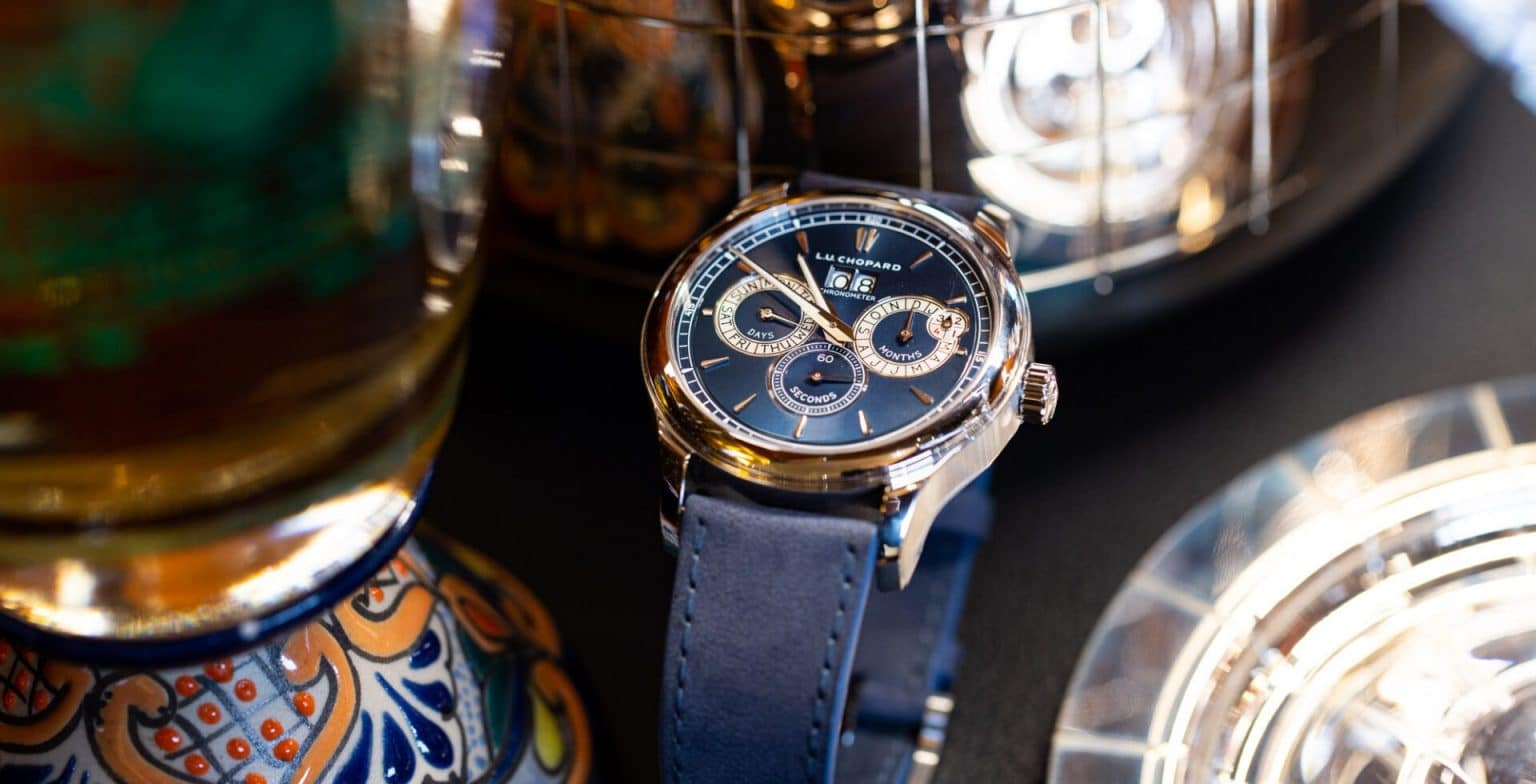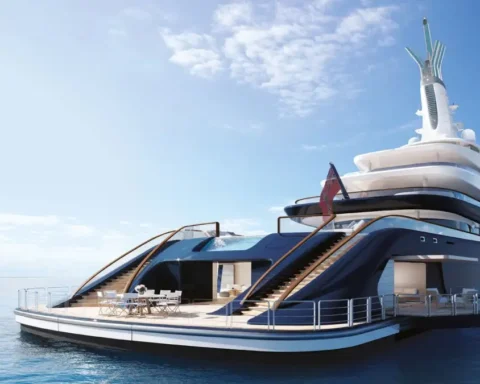Over the years, the luxury watchmaking company Chopard has succeeded in becoming one of the world’s leading watchmaking and jewellery houses. Throughout its 162-year history, the company has always been keen to revisit, innovate and, in particular, rethink the design of its timepieces. How has Chopard achieved this meteoric rise?
1860: The birth of Chopard
Chopard was born in the small Swiss town of Sonvilier, in the canton of Bern, in 1860. Founded by Louis-Ulysse Chopard when he was only 24 years old, Chopard was a very small watch manufacturer, although it was already renowned for its high Swiss precision in watchmaking. Chronometers and pocket watches were produced, which Chopard made its specialties. The small manufacture then set itself the goal of creating products that were both high quality and practical for everyday use.

Within a few years, the company was facing a very strong demand and therefore, a growing success, thanks to the beauty but especially the quality of Chopard watches. Chopard’s reputation even extends beyond Switzerland, and its timepieces even seduce Tsar Nicholas II.

In 1915, Louis-Ulysse gave way to his son Paul Louis Chopard, who in 1937 moved the family business to Geneva, the international crossroads of watchmaking. Paul André Chopard succeeded his father in 1943, but sold the company to Karl Scheufele III, a watchmaker and jeweler, in 1963.
It was at this point that Chopard took a completely different turn. He contributed to the modernization of the company and added the jewelry segment to Chopard’s watch production, which is now an integral part of the company’s identity.
The 1970s and 1980s, years of innovation and change for Chopard
The 1970s marked a turning point in the history of Chopard. In 1974, Chopard renewed itself and began producing jewelry watches and watches for women. Two years later, the Happy Diamonds collection was unveiled, consisting of a unique timepiece.

The uniqueness of this watch lies in the avant-garde innovation that Chopard wanted to apply to it: it features floating diamonds between the two sapphire crystals of the dial and the exterior of the watch. A real revolution in watch design at the time. This collection would have been designed at the time to be worn at galas, balls, and red carpets.
In 1985, Karl Scheufele III’s children, Karl-Friedrich Scheufele and Caroline Scheufele, took over Chopard and became the two new presidents of the company. And many watchmaking revolutions are going to be possible thanks to this new duo, including the design of Chopard timepieces.

How have Chopard’s designs and mechanisms evolved?
Since their creation, the cases of Chopard watches have never stopped evolving in order to better correspond to the tastes of the clientele. And over the years, many of the company’s iconic models have continued to be redesigned and refined.
This is particularly true of the watch collection mentioned earlier: Happy Diamonds. If these watches were created at the time to be worn only at galas or balls, Caroline Scheufele decided to innovate in the design of these watches and to remodel it to wear it every day. This is how Happy Sport was born.

Still featuring the same mobile diamonds, she has however removed the gold bracelet and bezel from the original watch to replace it with stainless steel. Why did she do this? Because “the strength of the Happy Sport is that you can wear it all day, with any outfit, and that’s precisely why I designed it” says Caroline Scheufele. The Happy Sport was created with the aim of creating a watch that is adapted to women’s daily lives and that is not restrictive to wear.
In terms of the precision of the mechanisms used, it has also undergone a number of modifications and improvements over time in order to be as accurate as possible. In 1996, Chopard obtained the prestigious Poinçon de Genève, a certification of excellence and the emblem of Geneva’s Haute Horlogerie, on one of its calibers: L.U.C. 96. It was then redesigned again and again by Chopard watchmakers, who created a total of 17 variations of this caliber.

Between 2000 and 2019, several other calibers were created, such as the L.U.C 1.98, the L.U.C 10 CF in 2007, which is very useful for sportsmen thanks to its automatic chronograph, and the L.U.C 96.24-L in 2019, which introduces a flying tourbillon for the first time. A tourbillon minimizes the effects of gravity on a watch, which was a major problem for earlier watches.
The arrival of Karl-Freidrich and Caroline Scheufele at the helm of Chopard has allowed the company to rethink itself in its entirety and to see the birth of a whole new range of luxury accessories, such as cufflinks, bags, perfumes and, of course, a line of fine jewelry.
Despite all these important evolutions that the house of Chopard has undergone since its creation, the vision has remained the same as the one that the founder of Chopard wanted to follow: timepieces of high precision, reliable and with an attractive exterior design that can be worn on a daily basis.
Read also > A SHORT HISTORY OF LUXURY : THE FABERGÉ EGG
Featured photo : © Chopard















